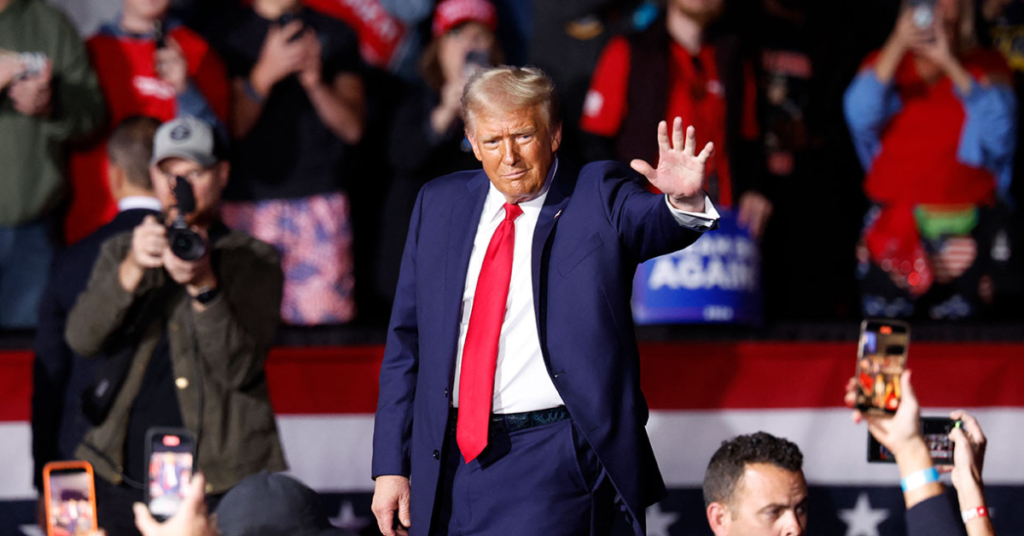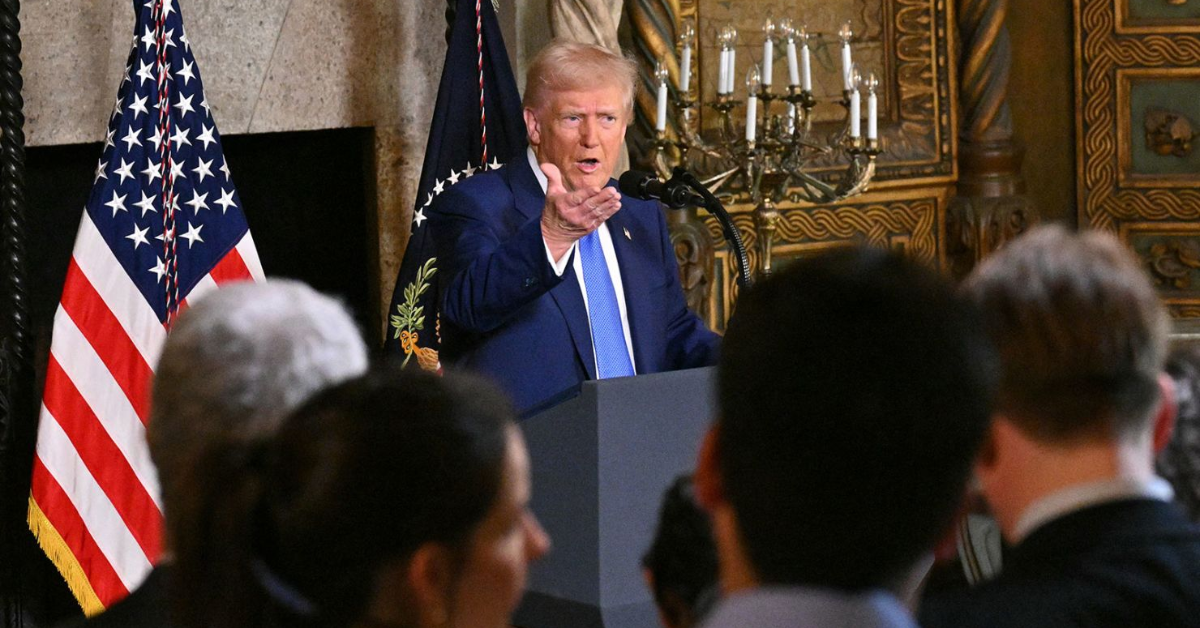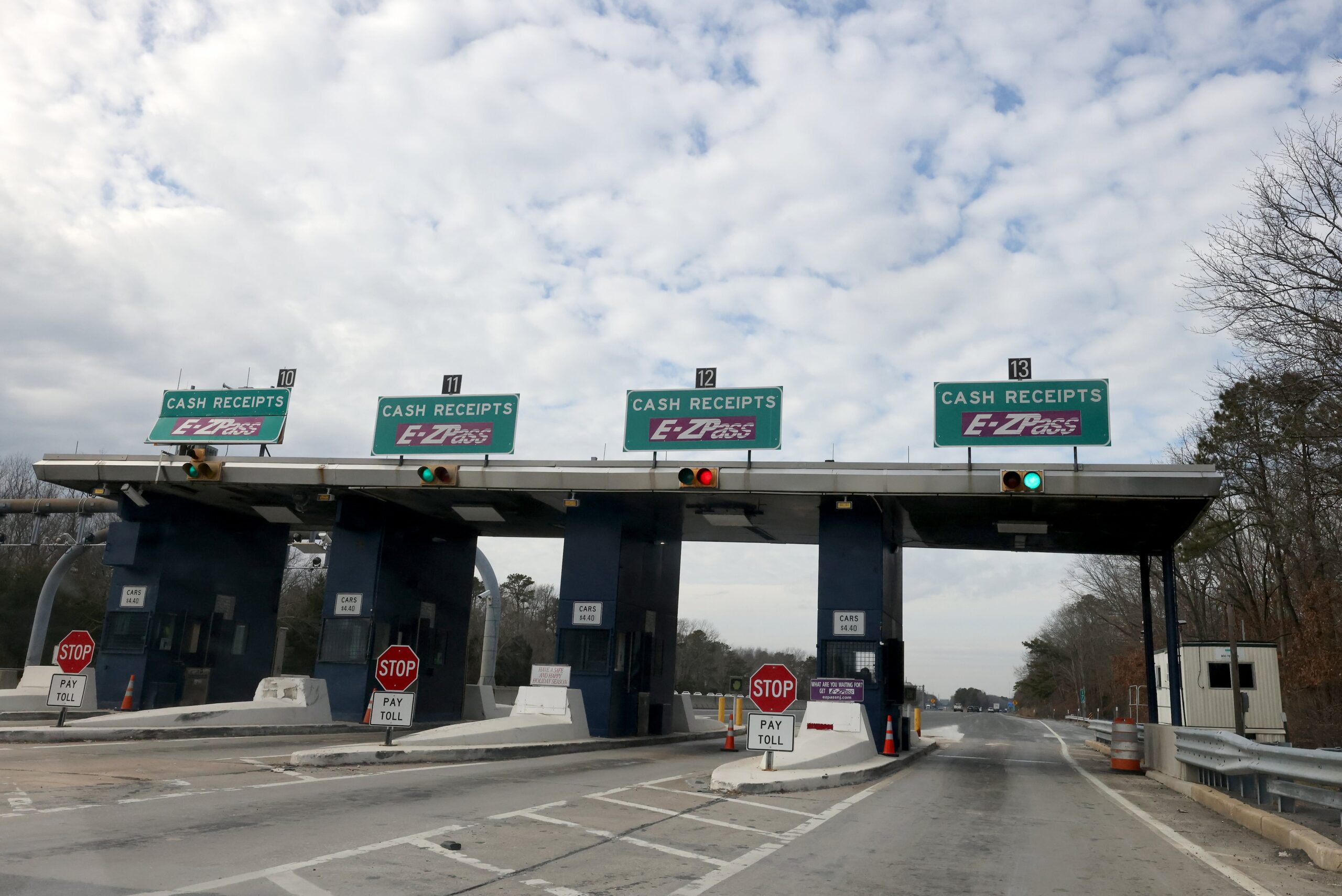In a significant move to address the rising concerns about trade imbalances, President Donald Trump has recently declared a national emergency under the International Emergency Economic Powers Act (IEEPA). This declaration is seen as a direct response to the growing trade deficits that have been negatively impacting American manufacturing industries.
With the announcement, the Trump administration is taking decisive action to protect U.S. businesses and workers, particularly those in the manufacturing sector, from what it views as unfair trade practices by foreign countries.
The trade deficit refers to the situation where a country imports more goods and services than it exports. Over the years, the U.S. has been running large trade deficits, particularly with countries like China, the European Union, and other key trading partners.
These imbalances have been criticized for putting U.S. manufacturers at a competitive disadvantage in the global marketplace. In response, President Trump has used the national emergency declaration to enact a series of measures aimed at addressing these disparities and leveling the playing field for American businesses.
The National Emergency Declaration
Under the International Emergency Economic Powers Act (IEEPA), the President has the authority to declare a national emergency in situations that pose a threat to national security or the economy. This legal framework also grants the President the power to impose economic sanctions, including tariffs and other trade restrictions, on foreign countries. By invoking this law, Trump is signaling that trade deficits and their impact on U.S. manufacturing are seen as a significant threat to the American economy.
The main tool being used in this emergency declaration is the imposition of tariffs. Specifically, President Trump announced a baseline reciprocal tariff of 10% on most of the U.S.’s trading partners. This tariff will apply to a wide range of imported goods, making foreign products more expensive and, in theory, encouraging consumers to buy more domestically produced goods. This 10% tariff is expected to take effect in the near future, with the Trump administration aiming to push other countries to reconsider their trade practices with the U.S.
Additional Tariffs on 57 Countries
In addition to the 10% baseline tariff, President Trump has also outlined plans to impose additional tariffs on a total of 57 countries. These countries are being targeted due to what the administration perceives as trade imbalances or unfair trade practices. The tariffs imposed will vary depending on the country and its trade relationship with the U.S. For example, the European Union (EU) will face a 20% tariff, while China will bear a much higher tariff of 34%. These rates reflect the perceived economic significance and the level of trade imbalance with each country.
China, in particular, has been a major focus of U.S. trade policy under the Trump administration. The U.S. has long accused China of engaging in unfair trade practices, such as currency manipulation, intellectual property theft, and dumping goods at below-market prices. As part of the broader trade war between the U.S. and China, this new tariff could escalate tensions between the two economic giants, potentially leading to further retaliatory measures.
Implications for U.S. Manufacturing
The primary aim of the national emergency declaration and the subsequent tariffs is to protect and boost U.S. manufacturing. Trump has frequently argued that trade deficits undermine American workers and businesses, particularly those in the manufacturing sector, which have struggled to compete with cheaper foreign goods. By imposing tariffs, the administration hopes to encourage domestic production, create jobs, and reduce the reliance on imports.

U.S. manufacturers are expected to benefit from these tariffs in the short term, as the higher costs of imported goods could make domestically produced products more attractive to consumers. This is especially true for industries that rely on foreign imports to meet demand, such as the automotive and steel industries. For these industries, the tariffs could potentially lead to increased demand for U.S.-made products and a reduction in competition from foreign manufacturers.
However, critics of the plan argue that the imposition of tariffs could have negative consequences for U.S. consumers. As tariffs raise the cost of foreign-made goods, consumers may face higher prices on everyday items.
Additionally, U.S. companies that rely on imported raw materials or finished products could see their production costs increase, which could ultimately lead to job losses in certain sectors. The risk of a price hike in everyday goods could further strain American families, particularly those who are already dealing with inflation and other economic pressures.
Global Impact and Retaliation
While the tariffs are aimed at benefiting U.S. manufacturers, they are likely to have ripple effects on global trade. Countries affected by the tariffs could respond with their own trade restrictions, leading to a broader trade war.
Retaliatory tariffs from countries like China, Canada, and the European Union could hit U.S. exports, making it harder for American companies to sell their products abroad. This could have a particularly negative impact on industries that depend heavily on international markets, such as agriculture, technology, and aerospace.
In fact, China has already signaled that it could retaliate by imposing tariffs on U.S. goods. The EU has also raised concerns that the new tariffs could disrupt the global supply chain and lead to higher costs for businesses and consumers worldwide. The Trump administration is betting that these retaliatory measures will push foreign governments to negotiate better trade terms with the U.S. However, the outcome of this strategy remains uncertain, and the coming months will likely reveal the long-term effects of these aggressive trade policies.
The Road Ahead
The declaration of a national emergency and the imposition of tariffs are just the beginning of what could be a long and complicated trade battle. While President Trump’s administration views these measures as necessary to protect American manufacturing, the potential for negative consequences is high. As global trade relations evolve, the impact of these tariffs on both U.S. manufacturers and consumers will become more apparent.
In the coming weeks, we can expect to see further developments as countries around the world respond to the U.S. tariffs. The future of U.S. trade policy and its relationships with key trading partners will depend largely on how both sides navigate this complex issue. For now, the Trump administration remains firm in its belief that these measures are necessary to protect U.S. interests and ensure a fairer global trading system.
Disclaimer: This article has been meticulously fact-checked by our team to ensure accuracy and uphold transparency. We strive to deliver trustworthy and dependable content to our readers.








